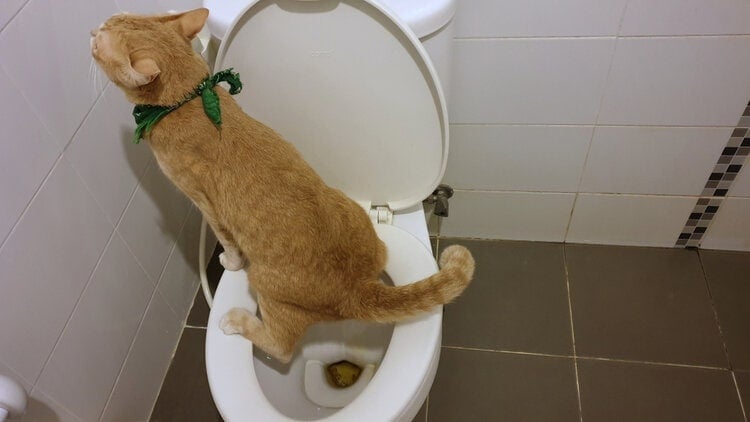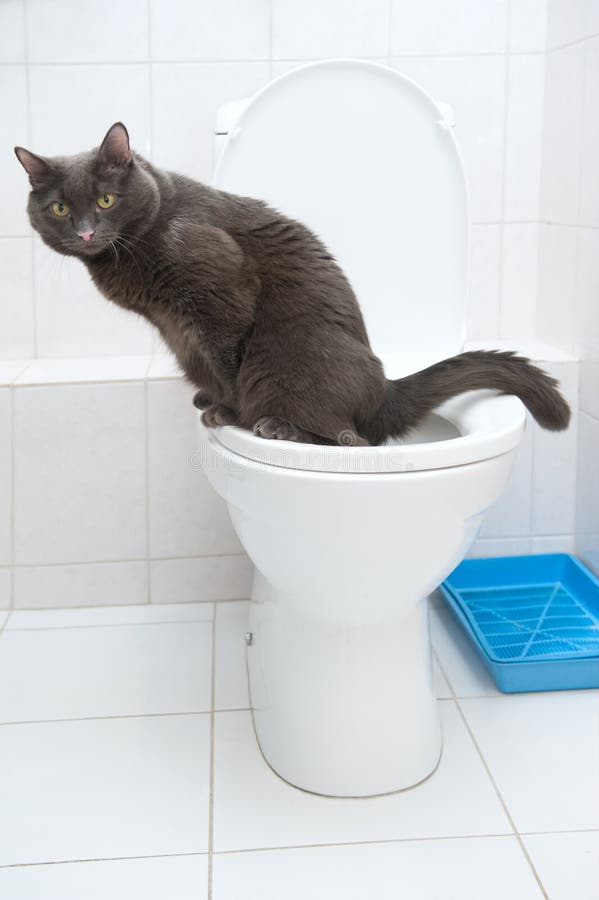The Risks of Disposing Cat Poop in Your Toilet - Preventive Steps
The Risks of Disposing Cat Poop in Your Toilet - Preventive Steps
Blog Article
The article author is making several great annotation on Don’t flush cat feces down the toilet as a whole in this great article directly below.

Introduction
As pet cat proprietors, it's essential to bear in mind exactly how we dispose of our feline good friends' waste. While it might seem hassle-free to purge pet cat poop down the toilet, this method can have harmful repercussions for both the setting and human health.
Ecological Impact
Flushing pet cat poop introduces damaging pathogens and bloodsuckers right into the water supply, presenting a considerable threat to marine ecosystems. These contaminants can negatively affect aquatic life and compromise water quality.
Health and wellness Risks
In addition to ecological concerns, purging pet cat waste can also present wellness risks to people. Feline feces might include Toxoplasma gondii, a bloodsucker that can trigger toxoplasmosis-- a potentially severe health problem, specifically for expecting women and individuals with damaged body immune systems.
Alternatives to Flushing
Thankfully, there are more secure and more liable methods to dispose of pet cat poop. Consider the adhering to alternatives:
1. Scoop and Dispose in Trash
One of the most usual technique of taking care of cat poop is to scoop it right into a biodegradable bag and throw it in the trash. Be sure to utilize a committed trash inside story and throw away the waste promptly.
2. Usage Biodegradable Litter
Select eco-friendly feline litter made from products such as corn or wheat. These clutters are environmentally friendly and can be securely dealt with in the garbage.
3. Bury in the Yard
If you have a lawn, think about hiding cat waste in a marked area away from vegetable gardens and water sources. Make sure to dig deep sufficient to prevent contamination of groundwater.
4. Mount a Pet Waste Disposal System
Purchase a pet dog garbage disposal system particularly created for pet cat waste. These systems use enzymes to break down the waste, minimizing smell and environmental impact.
Verdict
Accountable family pet ownership prolongs past providing food and sanctuary-- it also entails appropriate waste management. By avoiding flushing feline poop down the commode and going with alternate disposal methods, we can lessen our environmental footprint and secure human health.
Why Can’t I Flush Cat Poop?
It Spreads a Parasite
Cats are frequently infected with a parasite called toxoplasma gondii. The parasite causes an infection called toxoplasmosis. It is usually harmless to cats. The parasite only uses cat poop as a host for its eggs. Otherwise, the cat’s immune system usually keeps the infection at low enough levels to maintain its own health. But it does not stop the develop of eggs. These eggs are tiny and surprisingly tough. They may survive for a year before they begin to grow. But that’s the problem.
Our wastewater system is not designed to deal with toxoplasmosis eggs. Instead, most eggs will flush from your toilet into sewers and wastewater management plants. After the sewage is treated for many other harmful things in it, it is typically released into local rivers, lakes, or oceans. Here, the toxoplasmosis eggs can find new hosts, including starfish, crabs, otters, and many other wildlife. For many, this is a significant risk to their health. Toxoplasmosis can also end up infecting water sources that are important for agriculture, which means our deer, pigs, and sheep can get infected too.
Is There Risk to Humans?
There can be a risk to human life from flushing cat poop down the toilet. If you do so, the parasites from your cat’s poop can end up in shellfish, game animals, or livestock. If this meat is then served raw or undercooked, the people who eat it can get sick.
In fact, according to the CDC, 40 million people in the United States are infected with toxoplasma gondii. They get it from exposure to infected seafood, or from some kind of cat poop contamination, like drinking from a stream that is contaminated or touching anything that has come into contact with cat poop. That includes just cleaning a cat litter box.
Most people who get infected with these parasites will not develop any symptoms. However, for pregnant women or for those with compromised immune systems, the parasite can cause severe health problems.
How to Handle Cat Poop
The best way to handle cat poop is actually to clean the box more often. The eggs that the parasite sheds will not become active until one to five days after the cat poops. That means that if you clean daily, you’re much less likely to come into direct contact with infectious eggs.
That said, always dispose of cat poop in the garbage and not down the toilet. Wash your hands before and after you clean the litter box, and bring the bag of poop right outside to your garbage bins.
https://trenchlesssolutionsusa.com/why-cant-i-flush-cat-poop/

I stumbled upon that content on Don’t flush cat feces down the toilet while doing a search on the internet. Enjoyed reading our blog entry? Please share it. Let others check it out. Many thanks for your time spent reading it.
Check It Out Report this page